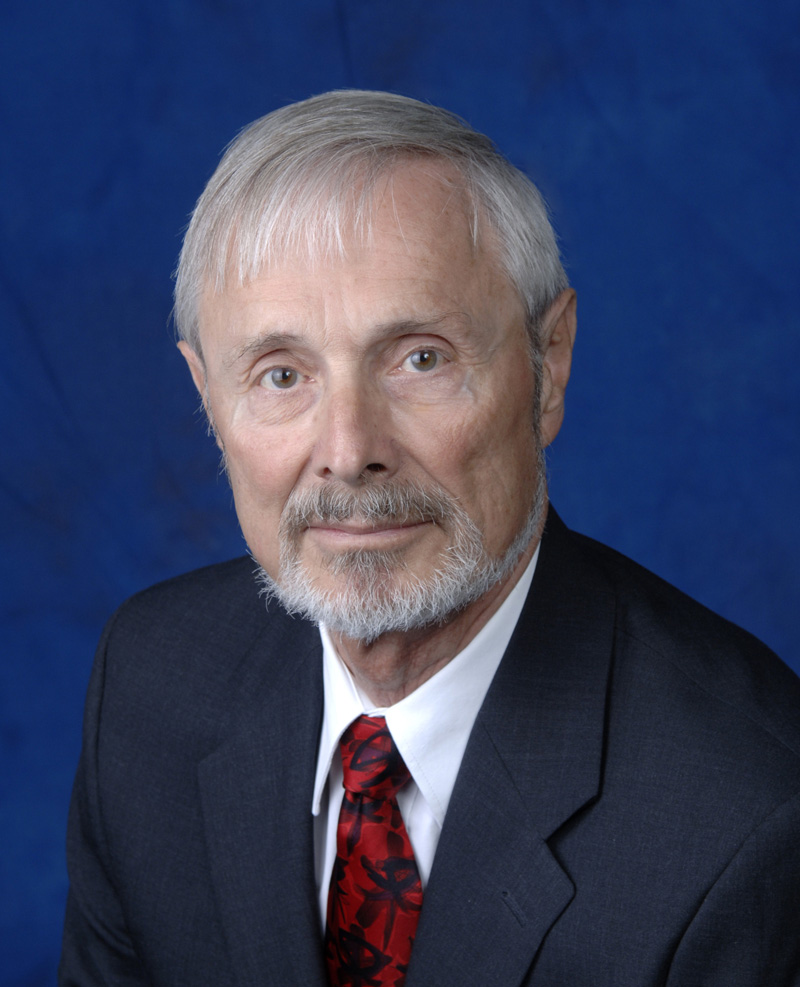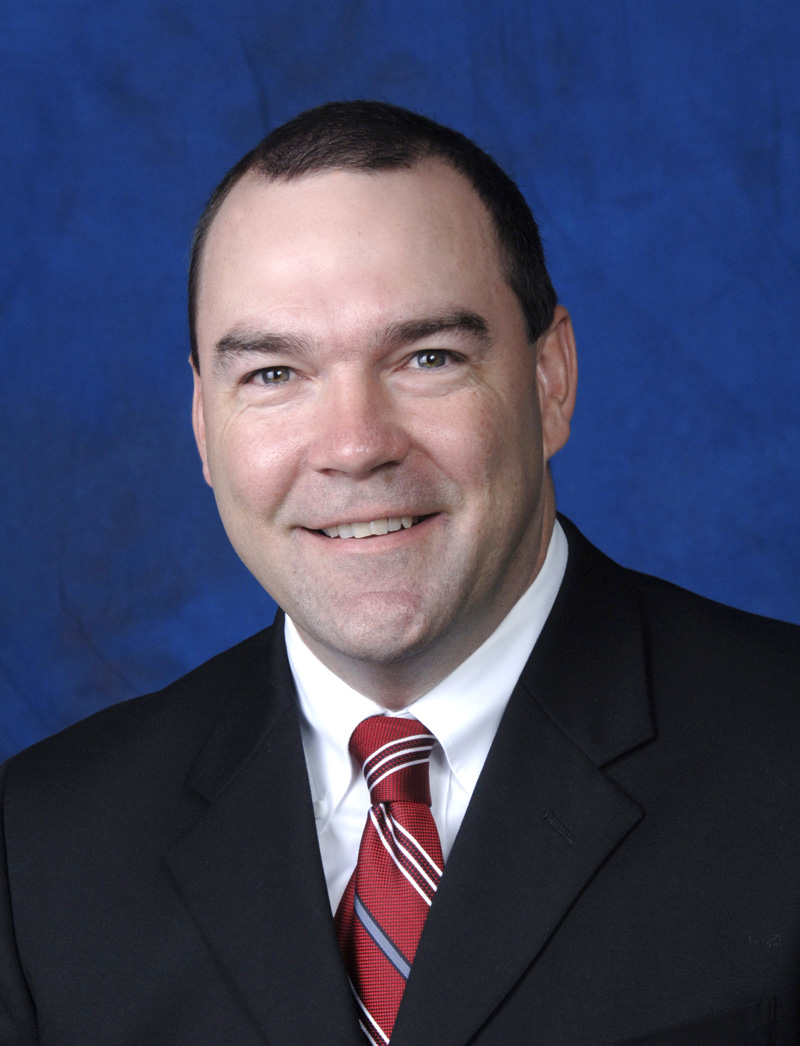JEFFERSON LAB SEARCH
-
This page contains archived content on a former member of the Jefferson Lab leadership team.

Dr. Christoph Leemann
Former Director of the Thomas Jefferson National Accelerator Facility
Director Emeritus
-
This page contains archived content on a former member of the Jefferson Lab leadership team.

Dr. Hermann A. Grunder
Former Director -
This page contains archived content on a former member of the Jefferson Lab leadership team.

Dr. R. Roy Whitney
Former Chief Technology Officer (2009 - 2014)Former Chief Information Officer (2006 - 2014)
-
This page contains archived content on a former member of the Jefferson Lab leadership team.
Dr. John J. Domingo
Former Associate Director Emeritus of the Physics Division -
This page contains archived content on a former member of the Jefferson Lab leadership team.

Craig R. Ferguson
Former Associate Director for Environment, Safety, Health & Quality -
This page contains archived content on a former member of the Jefferson Lab leadership team.

George Neil
Associate Director for FEL Division -
This page contains archived content on a former member of the Jefferson Lab leadership team.

Dr. Nathan Isgur
Former Chief Scientist -
Quarks are difficult to study, because the force that binds quarks together (through the exchange of gluons) is so strong that we observe them only when they are combined into larger, composite particles, such as protons and neutrons. So if we wanted to measure the size of these smallest building blocks of matter, how would we do it?
-
The lab gives scientists a unique and unprecedented probe to study quarks, the particles that make up protons and neutrons in the atom's nucleus. The accelerator delivers a continuous beam to a target, like hydrogen, carbon, gold or lead. When the beam collides with its target, particles scatter. By studying the speed, direction and energy of the scattered particles scientists will learn more about how the nucleus is put together.
-
Scientists use telescopes to study stars and microscopes to study living cells. At Jefferson Lab, they use CEBAF (Continuous Electron Beam Accelerator Facility) and three experimental halls to study the stuff of stars, cells and everything in between.
At its heart, all the matter in the universe that we can see is built of particles called quarks and gluons. These particles combine to form the familiar protons and neutrons found in the nucleus of the atom.

